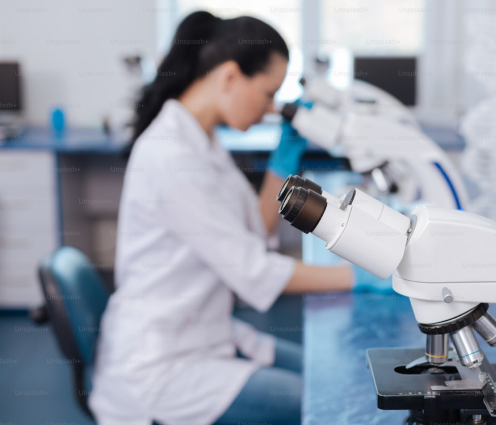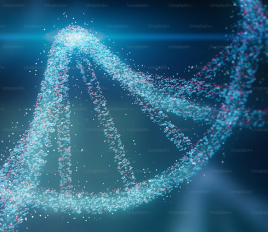
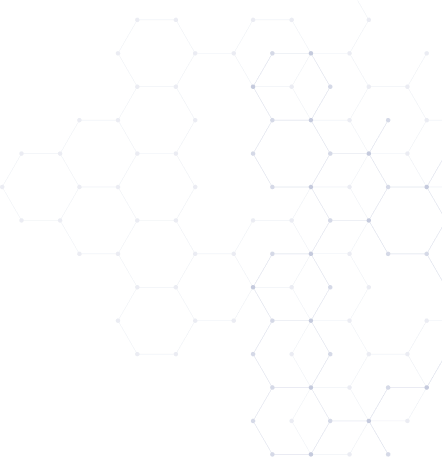
The history of biology has been shaped by the tools that changed the way we see living systems. Microscopes revealed the cellular world, sequencing unlocked the genome, and imaging gave us the ability to track processes in real time. Now, spatial biology is emerging as the next transformative lens, allowing scientists to see not just what molecules and cells exist, but where they are located within tissues and how they interact in their natural context. This shift (first formally recognised in 2016) is already providing new insights into health and disease that could reshape drug discovery, diagnostics, and personalised medicine.
From Single Cells to Systems
In the past, biological analysis often required breaking tissues apart into their component cells or extracting genetic material for sequencing. While this produced invaluable data, it came at the cost of context. The position of a cell within a tissue, and its relationships with its neighbours, were lost. Spatial biology restores that context by combining high-resolution imaging, molecular profiling, and computational analysis to create detailed maps of tissues in situ.
This approach means researchers can simultaneously study thousands of genes, proteins, or other molecules across a tissue section, while preserving the architecture of the sample. The result is an atlas of biology that is both molecularly deep and spatially rich.
The Tissue Atlas and Disease Understanding
The idea of a comprehensive “tissue atlas” is not just an academic exercise. It has direct implications for understanding some of the most challenging diseases. In cancer, for example, tumours are not uniform masses of malignant cells but complex ecosystems where cancer cells, immune cells, blood vessels, and supporting structures interact. Spatial biology allows researchers to identify which immune cells are infiltrating the tumour, where they are located, and how they communicate with cancer cells. This information is crucial for improving immunotherapies, which often succeed or fail depending on the dynamics of the tumour microenvironment.
In neuroscience, spatial biology is being used to map the intricate connections between neurons and supporting cells. Disorders such as Alzheimer’s and Parkinson’s disease involve not only the degeneration of specific cells but also the breakdown of networks across brain regions. Spatial techniques are beginning to reveal these patterns, offering new routes for therapeutic intervention.
In infectious diseases, researchers are using spatial tools to examine how pathogens spread within tissues and how the immune system responds at the site of infection. Such insights could accelerate the development of vaccines and antiviral therapies.
Technology Driving the Revolution
The advances enabling spatial biology come from a convergence of technologies. High-throughput sequencing has been adapted to work within intact tissue slices, while imaging techniques have been enhanced with multiplexed fluorescent markers and mass spectrometry. Artificial intelligence and advanced computational tools are essential for interpreting the huge datasets generated, turning raw signals into meaningful maps of cellular interactions.
The Human Cell Atlas initiative and other international collaborations are accelerating progress by creating shared resources of spatially resolved tissue maps. These projects aim to build a comprehensive reference library of healthy and diseased tissues, providing a foundation for discovery and clinical translation.
Implications for Drug Discovery
Spatial biology is already influencing drug discovery pipelines. By identifying the precise locations of target molecules and understanding how they vary across tissue types, researchers can design drugs that are more specific and effective. Pharmaceutical companies are using spatial maps to study how drugs penetrate tumours, which cell types they affect, and how resistance emerges.
This level of precision can reduce costly failures in late-stage clinical trials. If a drug is designed without a full understanding of tissue context, it may perform well in isolated cell cultures but fail in patients where the biological landscape is far more complex. Spatial insights help to bridge this gap, increasing the chances that promising therapies reach the clinic.
Towards Personalised Medicine
One of the most exciting prospects of spatial biology is its potential to drive personalised medicine. Every individual’s tissues are unique, shaped by genetics, environment, and lifestyle. Spatial profiling of a patient’s tumour or diseased organ could provide a detailed map of their condition, guiding clinicians to select the most appropriate treatment.
In oncology, for instance, two patients with the same type of cancer may have very different tumour microenvironments. One might benefit from immunotherapy, while another might respond better to targeted chemotherapy. Spatial biology provides the data needed to make those distinctions with confidence.
Challenges to Overcome
Despite its promise, spatial biology is still in its early stages. The technologies are expensive, data analysis is complex, and standardisation is lacking across laboratories. There are also questions about how to scale these methods for routine clinical use, where speed and cost-effectiveness are critical.
However, history shows that transformative technologies in biology often start with high barriers before becoming mainstream. Sequencing the human genome once cost billions of pounds and took years to complete; today, it can be done in hours for a fraction of the cost. Spatial biology is likely to follow a similar trajectory, moving from cutting-edge research labs into widespread application.
A New Era of Understanding
The promise of spatial biology lies not only in its ability to generate data but also in the new perspective it brings. By showing how cells live, interact, and change within their natural environments, it is reshaping our understanding of biology itself. Health and disease are no longer seen only through the lens of isolated components but as dynamic systems that can now be mapped, analysed, and ultimately targeted with greater precision.
Decoding the tissue atlas is more than an academic pursuit. It is a step towards a future where early detection, targeted therapies, and personalised care are not aspirational goals but routine aspects of medicine. For scientists, clinicians, and industry leaders, spatial biology represents a new frontier, one that may well define the next generation of breakthroughs in health.
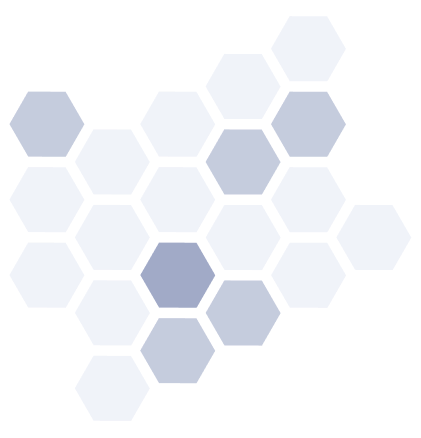
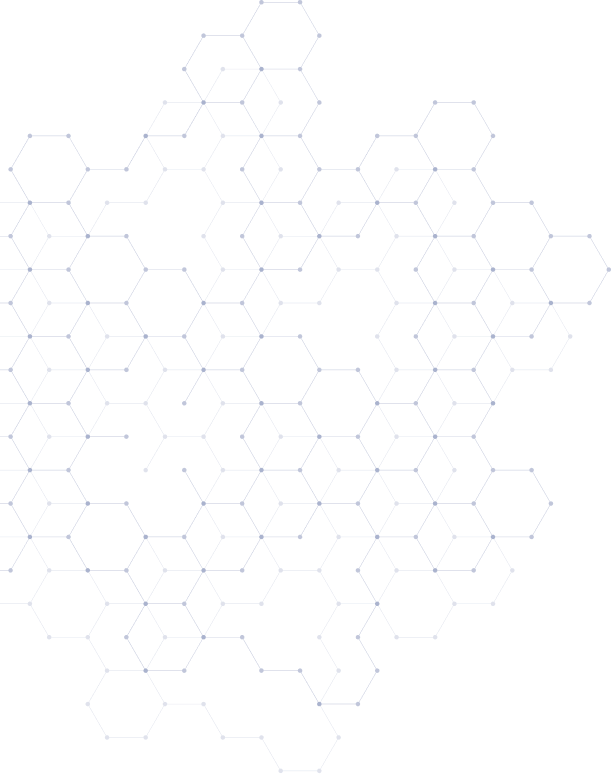
Looking for a New Role – or Searching for Top Talent? Let’s Talk
Whether you're exploring your next career move or looking to hire skilled professionals, HRS is here to help.
We connect ambitious individuals with exciting opportunities across science, technology, and innovation-led sectors. From early careers to executive search, our expert recruiters work closely with both candidates and employers to ensure the perfect match.
If you're hiring, we’ll help you find the right people. If you’re job hunting, we’ll help you take the next step. Browse our latest jobs or get in touch to find out how we can support you.
